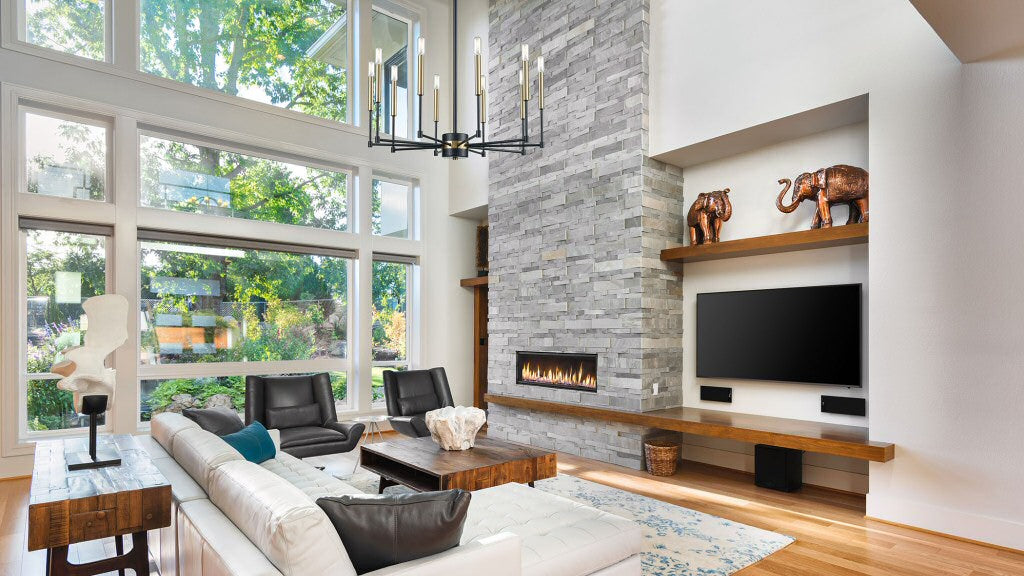
Family Room Lighting Tips
Search
Plenty of activities usually take place in a family room, and finding the right type of lighting to go with the different needs of each family member can be challenging. On the plus side, knowing just which type of lighting fixture to use for which activity helps, as well as being able to blend these types of lighting components together for a pleasant overall effect.
General lighting
Ideally, the family room should have four main lighting points. The first of these is the overhead ceiling light. This is usually the main source of lighting in the room, and is capable of illuminating the entire space. One of the common preferences for ceiling lights is the chandelier, as this provides a dramatic effect to the room, even during the day when the lights are turned off. Ceiling fans with lights can also serve as center ceiling lights, and can give you a run for your money by adding in a source of ventilation as well.
However, center lights aren’t usually good for mood lighting, and are used for family activities that need plenty of light. This is great for family rooms with big game centers, such as pool table, or card tables, for which direct, overhead lighting is appropriate.
Sofa lighting
Table lamps serve as a kind of middle-level lighting source. They help provide mood lighting, especially table lamps whose shades are made to play on lighting effects via unique colors or designs. Family rooms are good places to socialize and bring visitors in, and table lamps provide a direct source of lighting for one space in the room. Take care that table lamps don’t give off too much glare, as they are typically positioned close to people’s faces, and might cause eye strain.
Downward lighting
CFor TV viewing purposes (as most family rooms are used for), you would do well to install a couple of floor lights. Floor lights provide downward lighting, and are great for when you want to settle down and watch a romantic comedy for family popcorn night. These help illuminate the lower level of the room without introducing glare that interferes with the images on your TV. In fact, right behind the TV is a good place to position your floor light.
This is also good for video games; the constant shift in lighting and color, as well as fast-paced action of a video game can strain the eyes, so it’s important to have low lighting in the background, as opposed to direct lighting from the chandelier.
Downward floor lights aren’t restricted to just TV use, either. For dad who likes to read in the family room, or mom who does her knitting at night, downward floor lamps are excellent sources of light. They also work well for any houseplants in the room that lack focal emphasis.
Family rooms that have bars for food and drink also benefit from downward lighting, especially because direct lighting is needed for safe food prep. A row of pendant lights over the countertop should do the trick.
Upward lighting
Many family rooms usually have that one corner that is darker than the rest. This is where you position an upward-lighting floor lamp. This balances out the other downward lighting floor lamps in the room. The upward facing floor lamps should ideally be no more than 150 watts, and don’t need to be particularly bright, as their purpose is largely aesthetic. Halogen lights are perfect for this type of lighting.
Upward lighting is ideal for any paintings or pictures you might have hanging in the family room. Flush mounts and sconces that point upward are great choices for illumination, and help draw away any attention from the floor, which may be cluttered with children’s shoes, toys, and other things you expect to find on a family room floor.
Explore Topics

Table of Contents
Family Room Lighting TipsGeneral lightingSofa lightingDownward lightingUpward lightingCommentsShopping Ideas
Trending
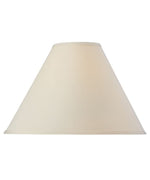
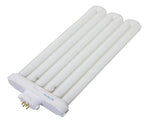



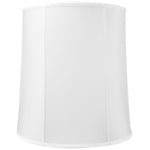




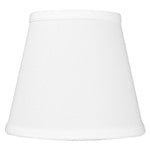



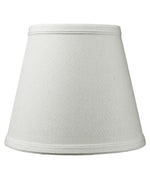



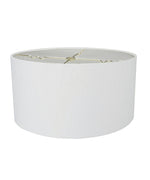




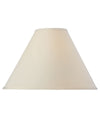



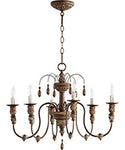
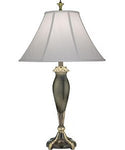

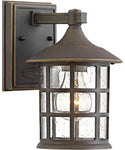



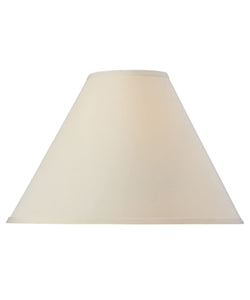
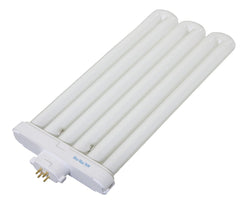
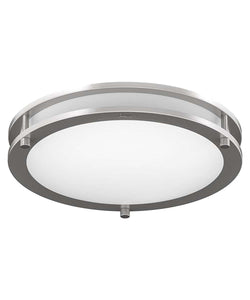
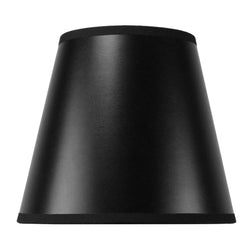
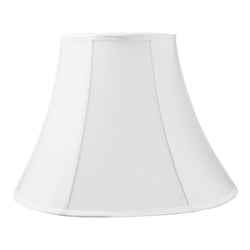
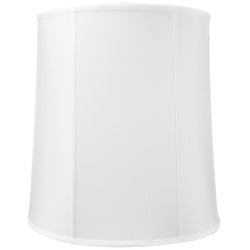
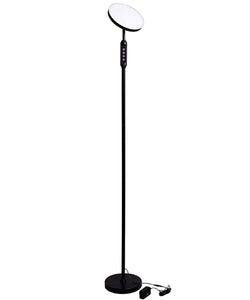
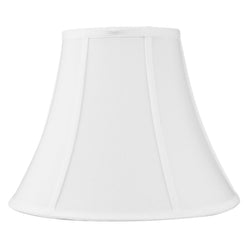
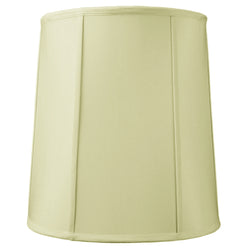
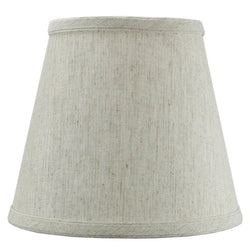
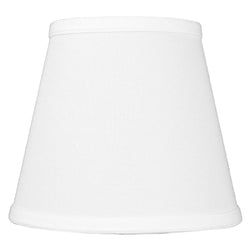
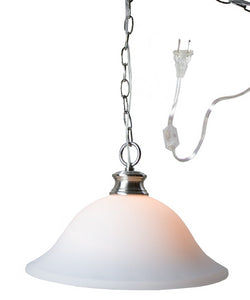
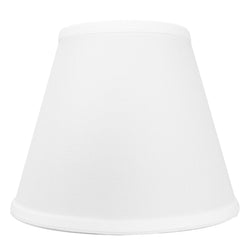

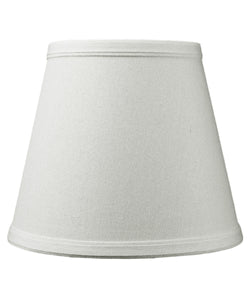
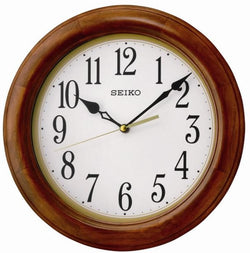

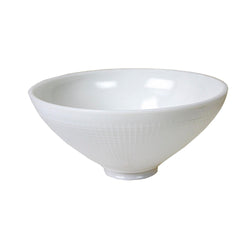

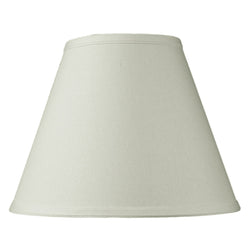
Comments